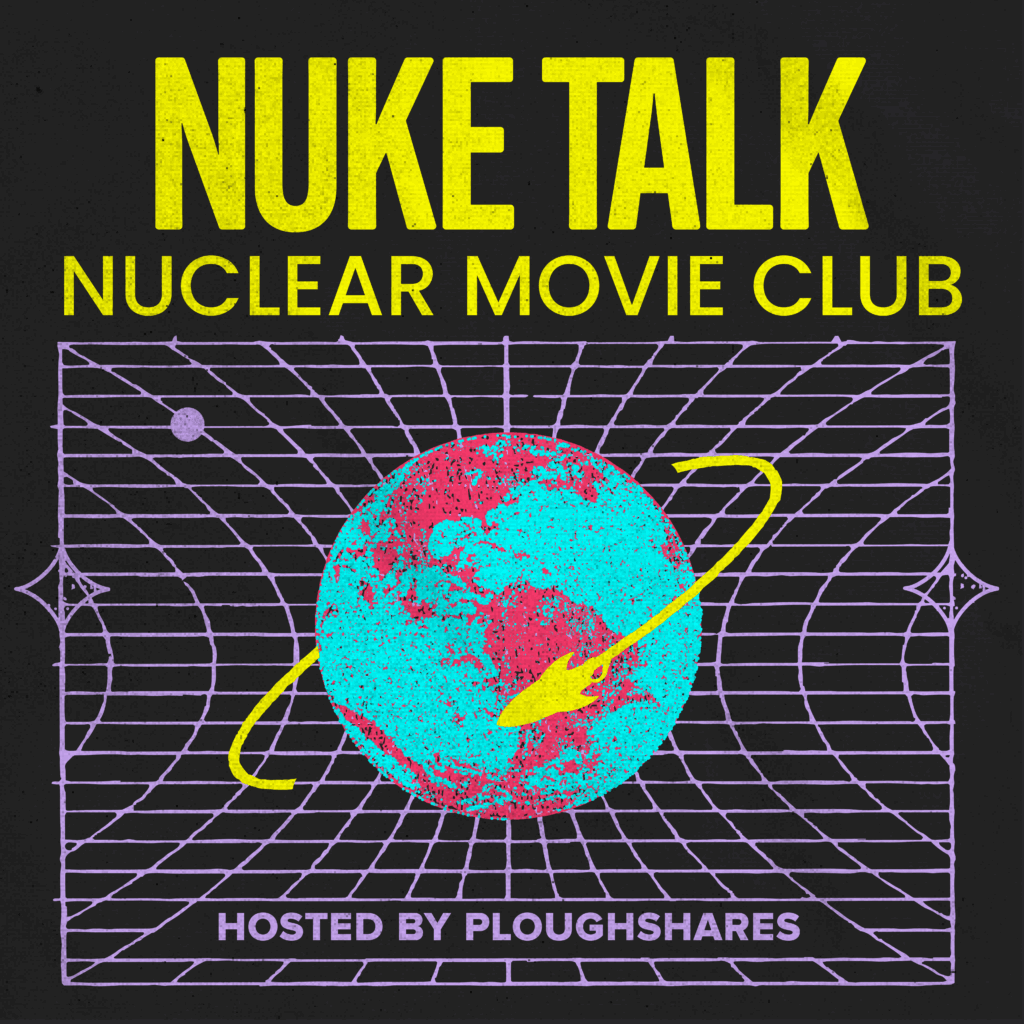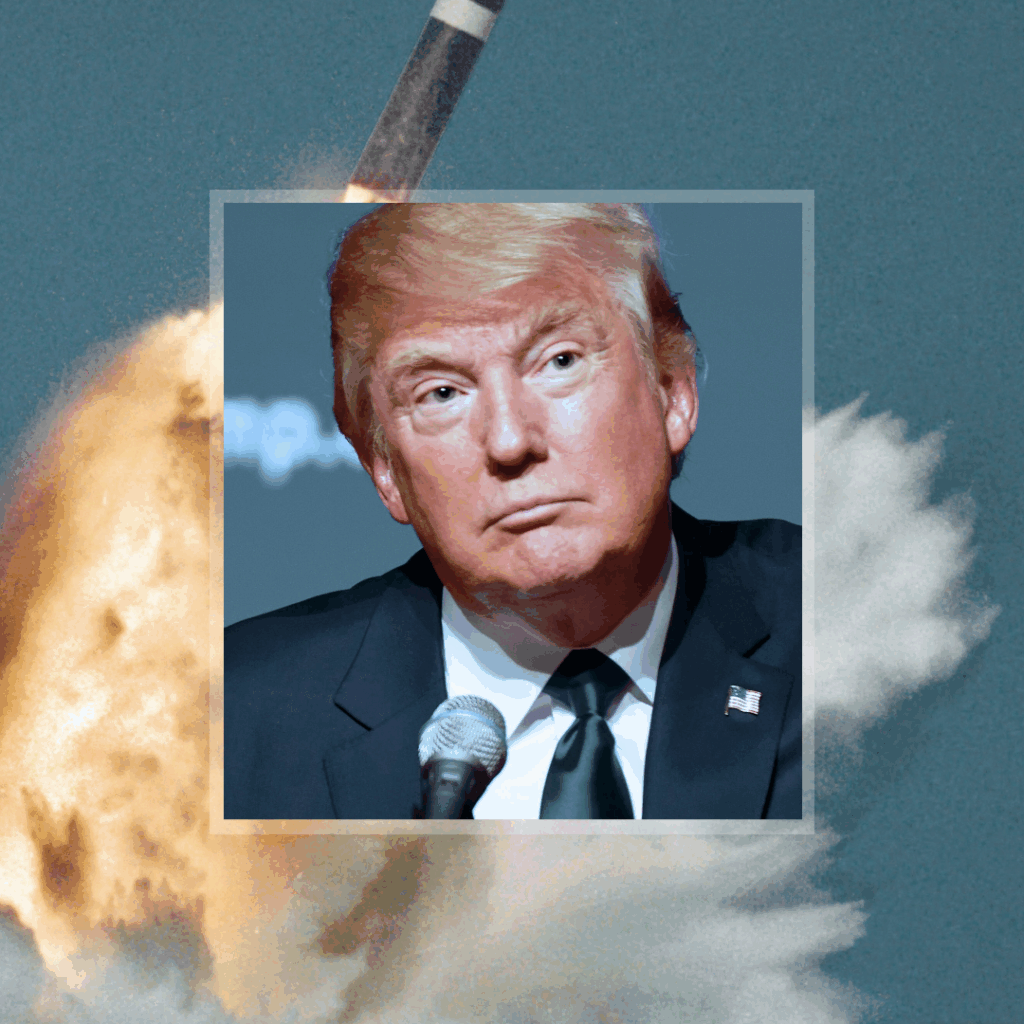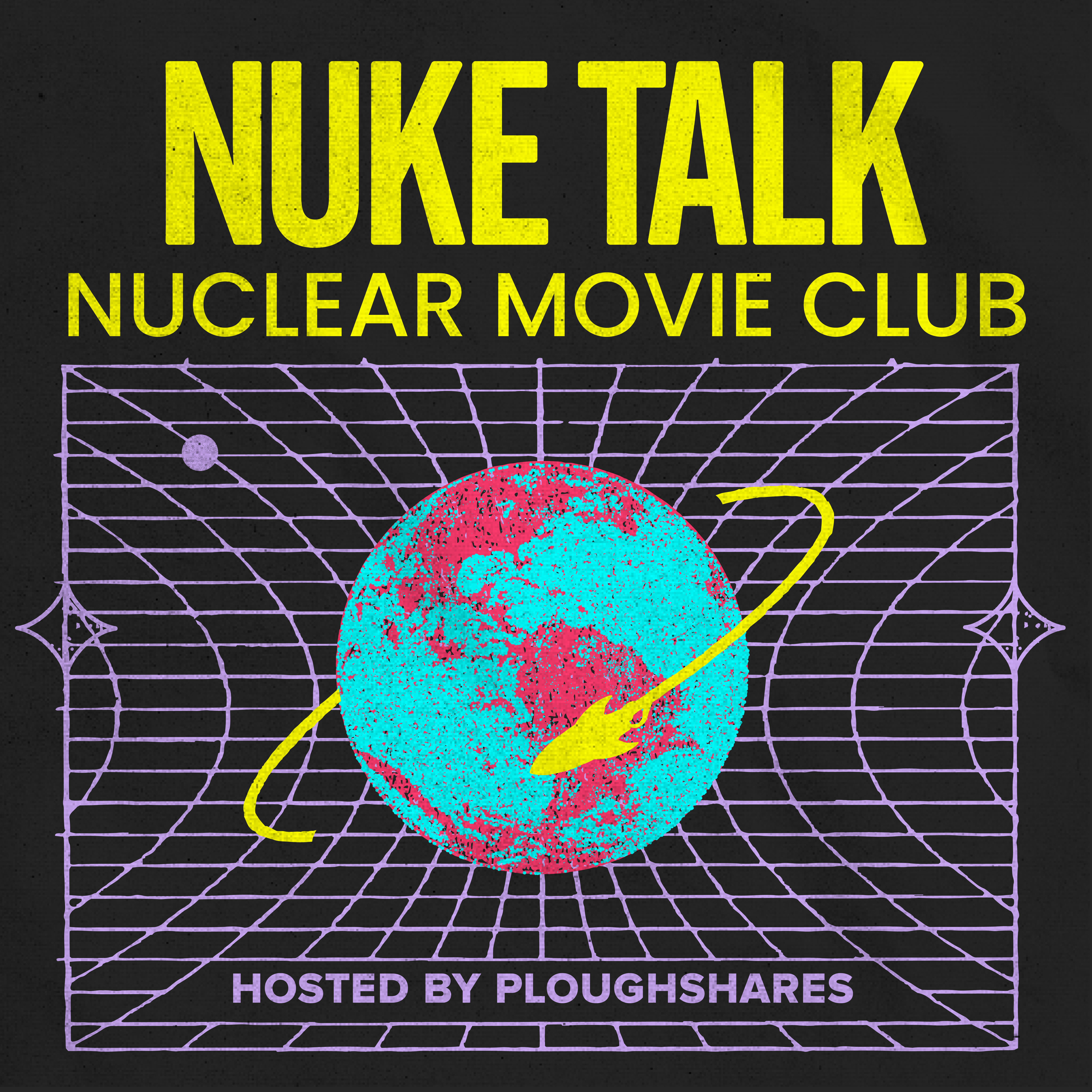Story Center
Current news and exciting stories highlighting the good, the bad, and the truth about nuclear weapons in the world.
The Big Story
Nuclear Movie Club: A House of Dynamite – An Interview with Screenwriter Noah Oppenheim
For the first episode of NukeTalk's new season, the Nuclear Movie Club, we are joined by Noah Oppenheim, former president of NBC News and screenwriter of A House of Dynamite, a new Netflix film by Kathryn Bigelow.
Please contact Ploughshares' Communications Manager Rebecka Green at rgreen@ploughshares.org for further information on any of these stories or to pitch topics and interviews.













